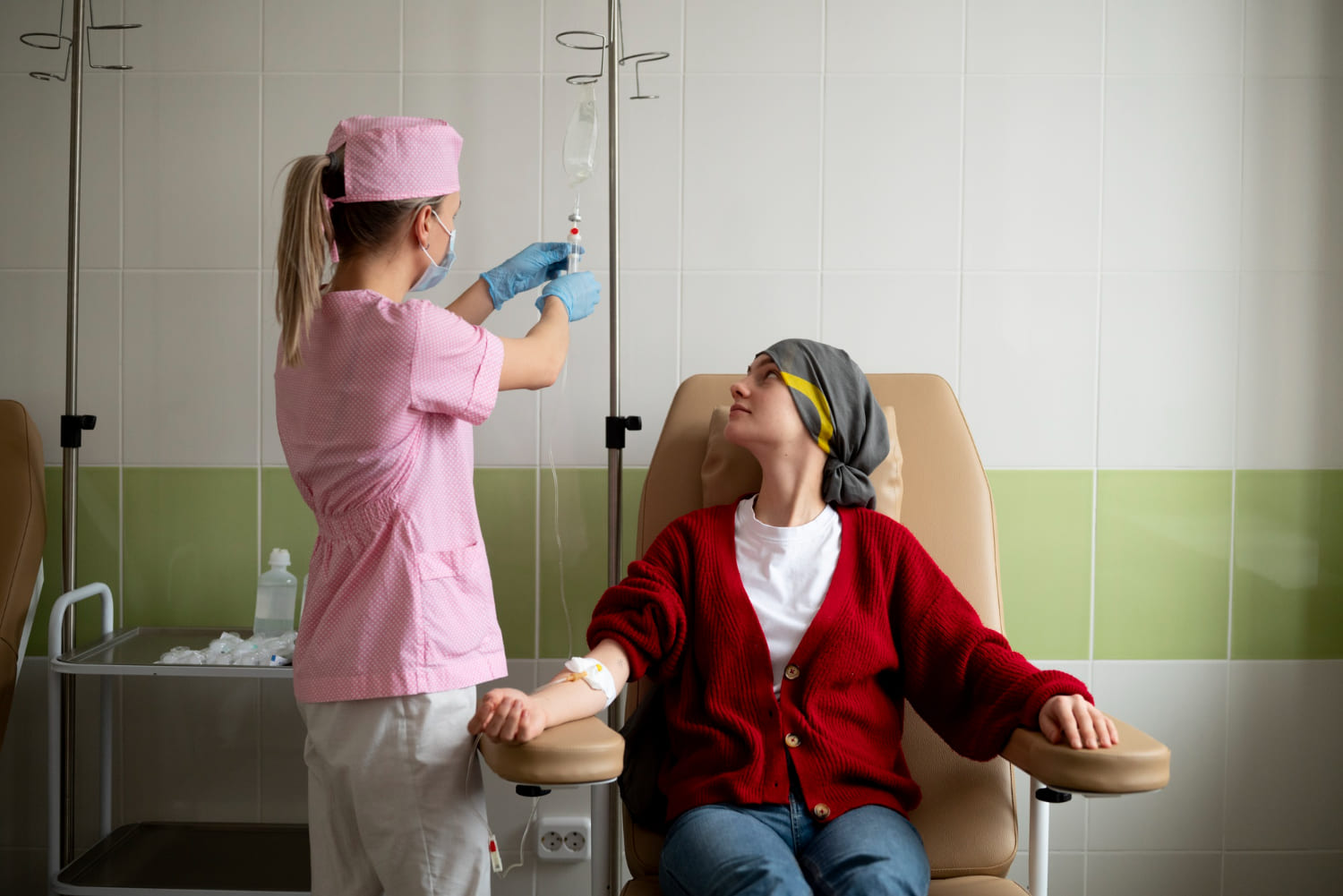Reactions: WHO estimates 35 million new cancer cases worldwide by 2050
By 2050, there will be more than 35 million new cases of cancer worldwide, an increase of 77% from the 20 million cases reported in 2022. These are projections made by the WHO's International Agency for Research on Cancer (IARC), which has published the latest estimates of the global burden of cancer. Using data from 185 countries, IARC estimates that in 2022 lung cancer was the most common cancer worldwide, with female breast cancer in second place, followed by colorectal, prostate and stomach cancer. The authors stress the urgent need to address inequalities around these diseases.

Eduard Teixidor - cáncer 2050 OMS EN
Eduard Teixidor
Assistant doctor of medical oncology at the Catalan Institute of Oncology and at the Girona University Hospital Doctor Josep Trueta
The data represent a wake-up call regarding the current and future implications of cancer in our global society. As problems in one part of the world become increasingly commonplace (e.g. the covid crisis), these data show that the expected increase in cancer cases will create additional pressure, especially in countries with lower rates of development.
It should be noted that the increase in cancer cases is related to exponential population growth and improvements in life expectancy. Survival, on the other hand, is more associated with early diagnosis and treatment. While advances are being made in cancer diagnosis and treatment, these often come with a high economic impact. Growing inequity between countries will increasingly highlight differences in the ability to tackle malignancies. The current situation already represents a global problem; however, with these dynamics, it is inevitable that it will intensify exponentially sooner rather than later. It is our responsibility, as a society, to meet this challenge by implementing comprehensive prevention measures and improving the cost-effectiveness of our treatments.
[In terms of methodology] The International Agency for Research on Cancer (IARC) is the standard setter for data collection and analysis to provide this data to society. Its analyses are rigorous and exemplary of quality. However, it is crucial to recognise that any observational study faces potential limitations, especially when addressing such a vast and diverse area. Furthermore, future projections are based on data observed so far, which implies that substantial changes may occur over time.
Pablo Fernández - cáncer 2050 OMS EN
Pablo Fernández Navarro
Scientific researcher at the Cancer and Environmental Epidemiology Unit of the National Epidemiology Centre, Carlos III Health Institute, member of CIBERESP and co-coordinator of the Cancer Epidemiological Surveillance Sub-programme - VICA of CIBERESP
Monitoring the situation of cancer, which is one of the main causes of morbidity and mortality in the world, is crucial to be able to control the impact of this disease on the population. In order to measure this impact, it is necessary to know its magnitude, and to do so, different types of indicators are calculated (mortality, incidence, etc.). These indicators provide very relevant information for the planning of preventive and evaluative activities that can reduce mortality or incidence or improve health care.
The International Agency for Research on Cancer (IARC) of the World Health Organisation (WHO), through its Global Cancer Observatory (GCO), provides updated cancer statistics by country and world region, related to the above-mentioned indicators, following a methodology appropriate to the objective pursued.
The latest estimates on the global burden of this disease for 2022, which are presented in a clearer format than those already available for 2020, show at a general level that lung, breast, colorectal and prostate tumours continue to occupy the main positions in terms of the burden of this disease.
Specifically for Spain, it can be seen that there has been an increase in some incidence rates such as breast cancer and a decrease in others such as prostate cancer compared to 2020. The regional and temporal variations of these indicators, which will surely contribute to the surveillance and control of cancer in the population, will have to be analysed in depth.



